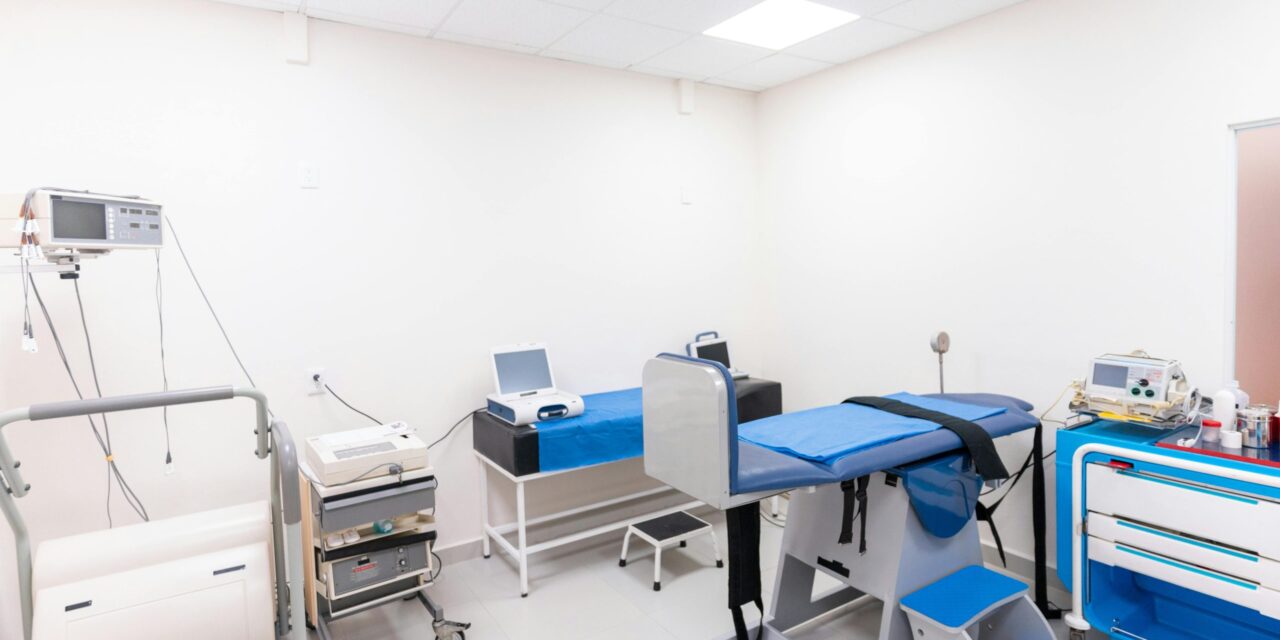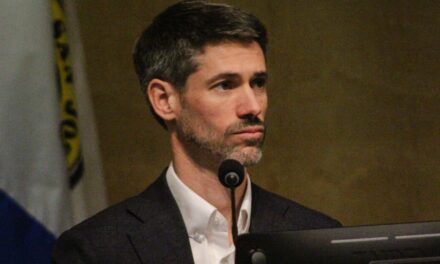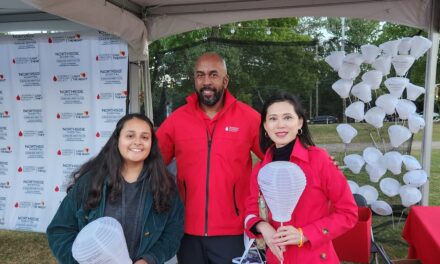
The National Association of Community Health Centers (NACHC) held their annual Community Health Institute & Expo in Atlanta from Saturday August 24 to Monday the August 26, where they celebrated the work being done by community health centers.
Community Health Centers (CHCs) are a pillar of public health in communities all across the United States and territories, totaling more than 1400. These health centers provide critical services and, serving 32.5 million people nationwide, could be considered the nation’s largest primary care network in some respects.
Amy Simmons Farber, Associate Vice President, Communications and Public Relations for NACHC said that she was thrilled that the conference was held in Atlanta — the cradle of the Civil Rights Movement — because its origins are closely tied to the movement itself.
History
The first community health center, originally called neighborhood health centers, opened in 1965 through the Office of Economic Opportunity, catalyzed by the work done during the Civil Rights Movement and President Lyndon Johnson’s War on Poverty.
“It’s not just healthcare, it is a living breathing movement,” Farber said. “The principles on which the movement was built — health equity and having access to care as a right — the values are still vibrant and important today to the movement.”
While the first center opened as a result of the initiatives set forth by Johnson, the idea itself was born in part during Freedom Summer in 1964.
“Medical students and activists came down to register voters in rural Mississippi and saw the conditions in the populations living there, particularly among African Americans, and really decided to do something about that,” Farber said. “And some of [physician-activists] were one of the founders of the Community Health Center Movement Jack Geiger and Count Gibson.”
CHCs have only continued to grow since their inception — highlighting both their needs to cross the nation for millions of people, and the importance of funding them. When she started with NACHC over 20 years ago, Farber said, CHCs served around 10 million people. That number has tripled since then.
Farber said much of that growth was accomplished during the successive presidencies of George W. Bush and Barack Obama — two widely different candidates — further showing CHCs being recognized as a critical part of healthcare infrastructure.
To be considered a CHC, you have to provide care to anyone, regardless of their ability to pay. While this doesn’t translate into free healthcare, it does mean these centers typically offer varied avenues to pay for treatment, usually at lower costs. Around half of health care center patients are Medicaid beneficiaries, according to a 2024 chartbook from NACHC.
CHCs also have to be served by a patient board majority of at least 51 percent, to ensure the board is representative of the community it’s serving.
Funding
Although CHCs serve approximately one in ten Americans today, Farber said she hopes that number can get to one in three Americans as the demand for timely care increases.
“There’s been a lot of energy and enthusiasm among our members, and it’s been a real invigorated movement,” Farber said. “However there’s also been a lot of challenges.”
To increase that access to care to more Americans, it comes down to the bottom line: funding.
“There’s just a real underinvestment in primary care, and there are some specific challenges including the fact that, because of the end of the pandemic, we’re not going through Medicaid redeterminations which is causing patients to lose their Medicaid coverage,” Farber said. “That can be very disruptive to the care of patients, but also to health care center operations in terms of who pays for that care.”
The COVID-19 Pandemic also saw the effectiveness of CHCs displayed in real time, with areas having lower infections and lower rates of deaths compared to areas without a CHC. As of April 2023, however, Medicaid coverage was ordered by the The Consolidated Appropriations Act of 2023 (CAA) to be redetermined instead of continuous as it was through most of the global health emergency.
Beyond patients being able to pay through Medicaid, there’s the issue of lack of federal funding. According to a survey from the Commonwealth Fund, “two out of three (65 percent) of health centers report that lack of financial resources to address unmet needs was a major challenge.” Health centers rely on a large portion of their funding to come from Congress, and without guaranteed funding it’s hard to expand access to care, Farber said.
Farber said she’s optimistic more awareness of this critical pillar of healthcare will lead to more funding for centers nationwide — and that ultimately, increased funding helps lead to cost savings in the long run. That same Commonwealth Fund study found that funding health centers would “yield savings by lowering Medicare and Medicaid expenditures through reductions in high-cost utilization like hospitalizations.”
In other words, helping people get periodic lower-cost treatment would be a cost savings from big treatments that arise from health complications of not treating something or taking preventative action.
The resiliency angle
CHCs are a last line of defense for millions of people; this was made perhaps apparent during the aftermath of Hurricane Katrina, where communities were devastated by the storm that took over 1800 lives.
Byron Scott, chief operating officer of nonprofit Direct Relief specializing in poverty and emergency medical service relief, said that CHCs play an expanded role when natural disasters occur. One of Direct Relief’s largest responses was in Puerto Rico, after Hurricane Maria hit in 2017 and left 80 percent of the island without power.
“One of the things that we’ve been trying to do is bolster some of these CHCs and provide grants to install solar and batteries, so if the power goes out these organizations are able to stay resilient and be a focal point for their community,” Scott said.
To date, Scott says the organization has provided over 20 health centers with solar and battery systems, with nine being in Puerto Rico.
“We recognize there’s probably going to be more disasters,” added Scott, underlining the need to support CHCs with medical supplies and resilience.
Nearly everyone at the conference could agree, though, that more funding would help these centers go further than they have been to provide quality care across the country — and hope that that funding will soon come.
While CHCs largely fall under the public radar — sometimes being “invisible,” as Farber called it — it undoubtedly saves lives. And that’s work worth funding, she said.




